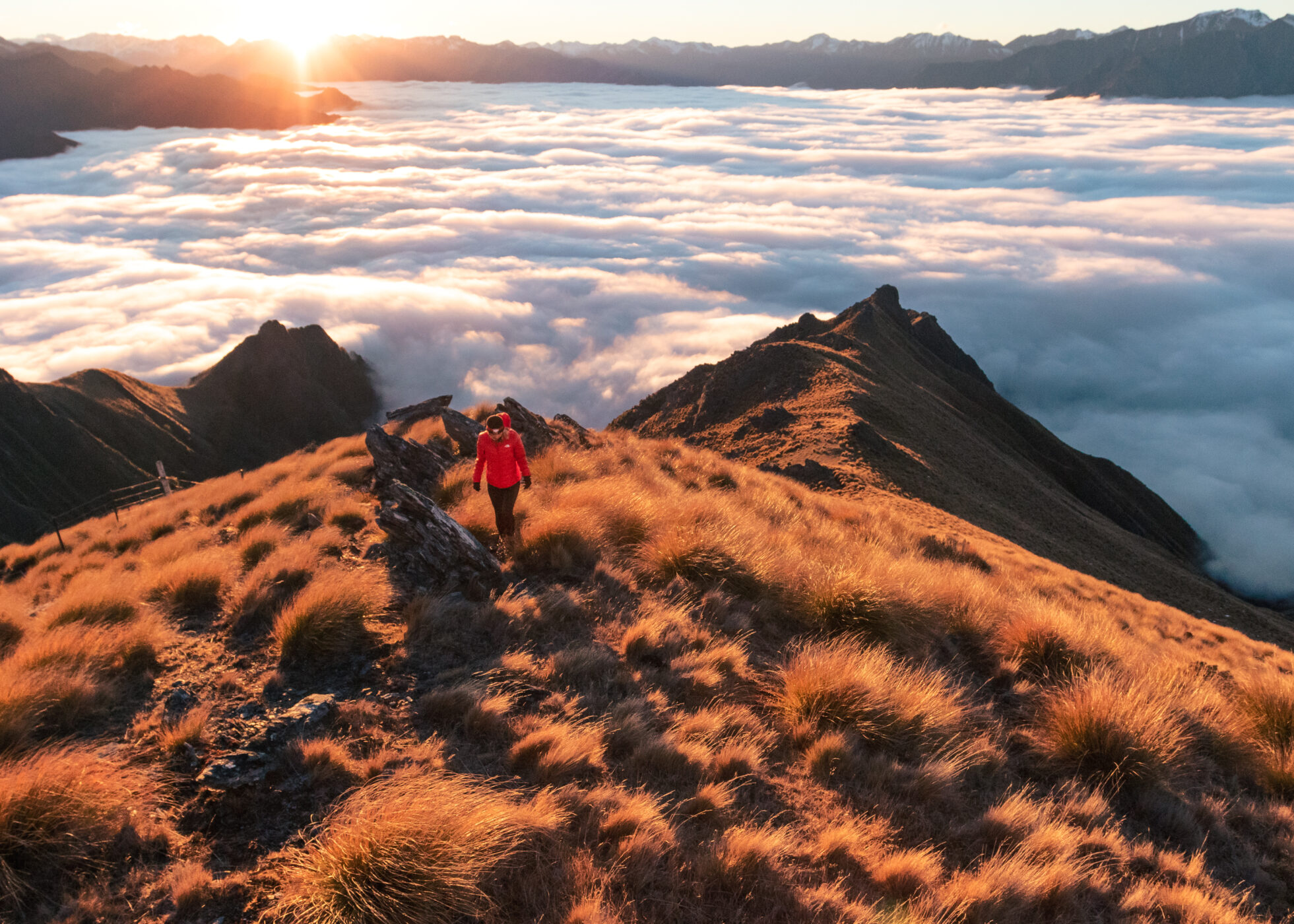Wānaka is the gateway to Mt. Aspiring National Park in the incredible Southern Alps region of New Zealand.
A good way to start any mountain adventure is to plan and prepare.
If you’re not sure where to begin, check out Mountain Safety Council’s Plan My Walk app or Wānaka Tracks app. Both of these platforms can help narrow which walk is best suited for you and how to prepare.
Mountain Safety Council (MSC) has also identified some of the more popular and/or challenging tramps in New Zealand and have produced a video series, each video focusing on a specific walk and its hazards. For example, Wānaka’s own Gillespies Pass is featured in this video below.
Remember to Know Before You Go. You’re potentially heading into an alpine environment where rain, snow, wind and temperatures can all be extreme. Check Department of Conservation (DOC) alerts before heading off and consider buying or hiring a beacon from your local DOC office.
Always follow the Land Safety Code. These five steps will help you stay safe while tramping in Wānaka.
Being a responsible tramper isn’t just about being responsible for yourself, it’s also about being responsible for the environment. On your walk, this means leaving no trace, respecting wildlife, following fire regulations and camping only where permitted.
When it comes to leaving no trace, a general rule of thumb is ‘pack in, pack out’. If you brought it to the track with you, then it should leave with you. In the same thread, you should also do your best not to disturb the natural environment around you.
To ensure wildlife safety, don’t get too close, even for photos. It’s best to keep your distance and use that handy zoom function on your camera instead.
When you’re in the backcountry, things can definitely get… primal. All DOC huts and campsites have toilets and many carparks as well. However, once you’re out on the trail, the options become a little more sparse.
This helpful video from DOC explains how to properly dispose of your waste on the trail. For those who are a little squeamish, we recommend reading this article from the DOC website instead.
For people experiencing menstruation on the trail, check out this page to learn how to properly dispose of your products.
Of course, the latest aspect of responsible tramping is due to the risk of COVID-19 in our communities.
Trampers must be fully vaccinated against COVID-19 to use DOC visitor accommodation including huts, campsites, lodges, Great Walk huts and campsites, camping by huts and hut and campsite facilities.
DOC also recommends considering risk factors like traffic light setting, if there are vulnerable people in your group, sleeping arrangements, likelihood of facilities where you can sanitize your hands or maintain distance and if you are tramping during a busy period.
As always, it’s important to follow the health guidelines, wash your hands regularly, stay off the trails if you’re unwell and have respect for others. DOC has helpfully laid out all other COVID-related guidelines on their website, in order to help you stay safe in the outdoors.
